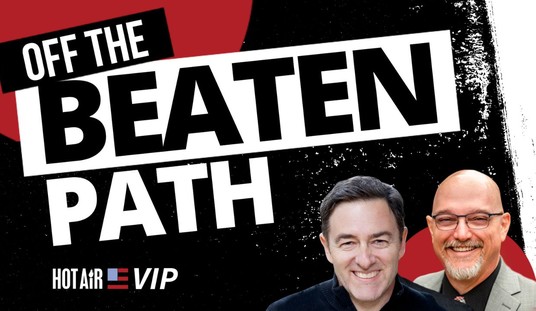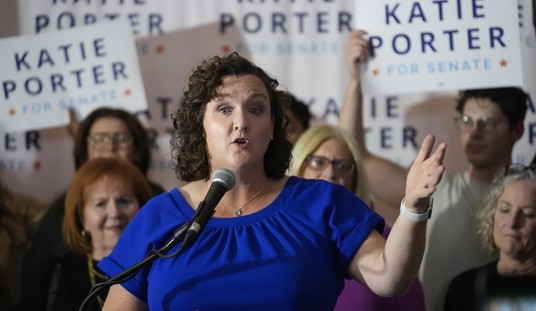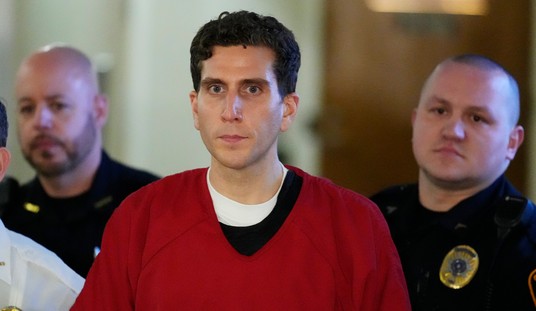We have taken a considerable amount of pride in Minnesota’s electoral processes, but as usually happens when tested, we’ve discovered some uncomfortable gaps. While rules for determining voter intent seem fairly straightforward, the process for actually arguing and ruling on the challenges apparently are non-existent:
Secretary of State Mark Ritchie says he expects the state Canvassing Board to complete its review of challenged ballots in four days. He says the five-member board is likely to spend perhaps two to three minutes per ballot on “head scratchers.” Maybe 240 such ballots could be decided in an 8-hour day; 960 during the four days that the canvassing board has scheduled for the review.
But the expectation that that will be enough is based on a couple of large assumptions. One assumption is that the campaigns will reduce their total challenges to fewer than 1,000 genuine disputes by next Tuesday. Another is Ritchie’s expectation that the campaigns will not play a major role in the board’s review of the challenges.
If either of those assumptions proves untrue, the Canvassing Board action could drag on for many days.
State election rules say a candidate who challenges a ballot or his representative “may present the basis for the challenge to the canvassing board.” But Ritchie said the large number of challenges currently on file makes presentations by recount lawyers impractical, “and that would preclude the kind of argument that might be really appropriate some other place.”
But Ritchie and others say the issue has not been resolved.
Why is that important? We’re on the clock here. On January 6th, the 111th Congress convenes, and Minnesota wants to have its representative in place. The ballot challenges have to be completed by then, and there aren’t a lot of days after the board begins its review. They start on the 19th and will work until Christmas, and then the next week has New Years Day. Both holidays fall on Thursdays, and will probably make Fridays impractical for work. Congress reconvenes on a Tuesday, leaving just the 5th as a last-gasp day for ballot challenges and the hard deadline for a decision by the board.
If both campaigns plan to argue their case on each ballot, there is no way the board can make it through the 4,000+ ballots currently challenged. It will take much longer than the three minutes assumed in the Strib’s analysis, which barely leaves time for a five-person vote as it is. We can expect a 15-minute process for each challenge, with both teams getting five minutes for argument and another five minutes for resolution, requiring more than 1,000 hours. Even if one could cut that in half, the board simply doesn’t have 500 hours available to it over the next three weeks.
Governor Tim Pawlenty could appoint Coleman as a temporary placeholder if the process runs past the January 6th date. That might, however, void the election and force a special election instead. The Senate might block that appointment while the recount process continues, and it could give Harry Reid the opening to seat Franken regardless of the results.
I’d bet that the canvassing board skips the arguments. What’s the point of argument, anyway? The board will apply the law as they know it. I’d also guess that both campaigns want to get this resolved before the end of the year and will continue to reduce their challenges — but I doubt we’ll get down to 1,000 ballots before the 19th.








Join the conversation as a VIP Member